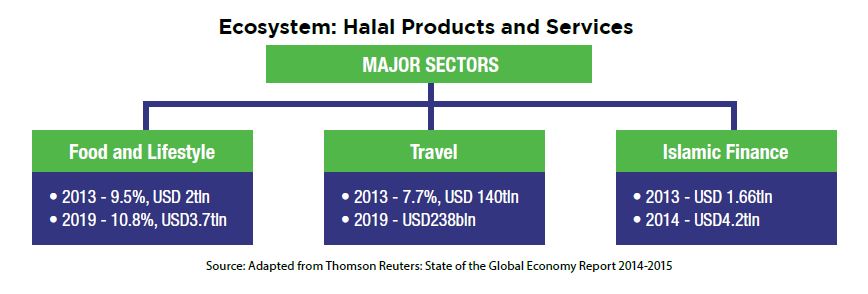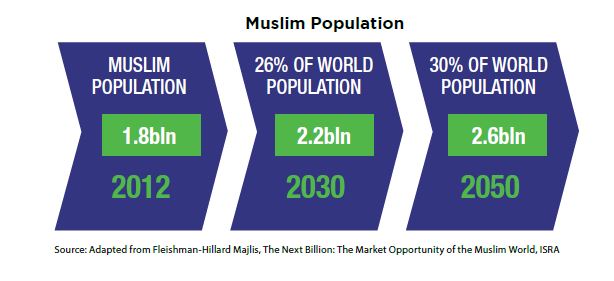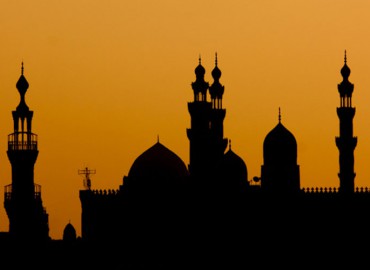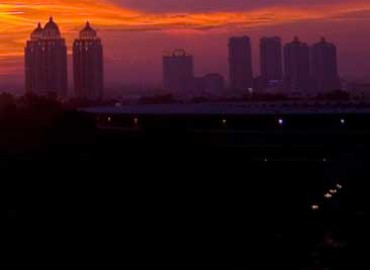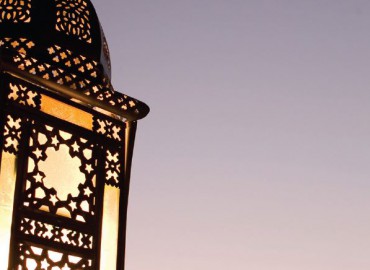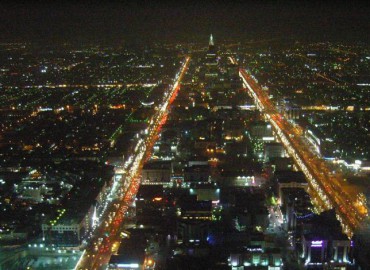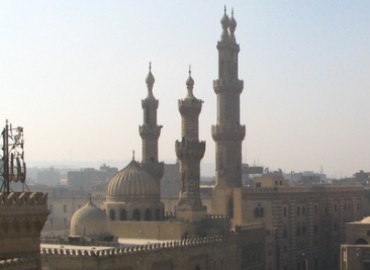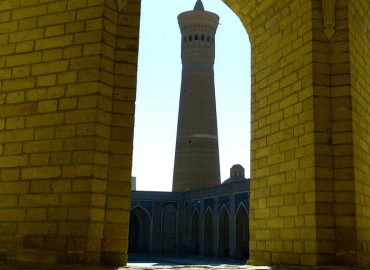
Report by Malaysia International Financial Centre Report
Halal Ecosystem: Accessing New Markets
Article Overview
Integration between the world halal industry and the global Islamic finance system is a huge developmental potential for the growth and expansion of Islamic economics in the world markets. Increasing demand for halal products from growing Muslim communities provides opportunities for Islamic finance to ensure a complete cycle of Shariah-compliant products and services.
The halal ecosystem is dynamic in the sense that it is an all-encompassing infrastructure that considers business networks, institutions, and both governmental and non-governmental organizations.
Setting out to penetrate new markets requires an understanding of the dynamics of the halal ecosystem globally. This requires a global outlook on halal in all its spheres and to measure the level of opportunity available.
The global Halal economy has the potential of serving the world’s Muslim population. With an average annual growth rate of 1.5%, it is projected that Muslims will make up 26.4% of the world’s total projected population of 8.3bln in 2030, with a median age of 24. The 56 mostly-Muslim majority countries of the world represented GDP of about USD6.7tln in 2013, a 1.7bln population
growing at twice the rate of the global population.
Epicentres of growth stretch from Malaysia and Indonesia in South East Asia to the GCC and Turkey. Moreover, the increasing influence of Muslim-minorities in the West, which are fairly affluent, and large populations residing in the emerging nations of India, China, and Russia have also spurred substantial growth in their appetite for halal products and services from the global market.
Download Report
Halal Ecosystem by Malaysia International Financial Centre ![]()


